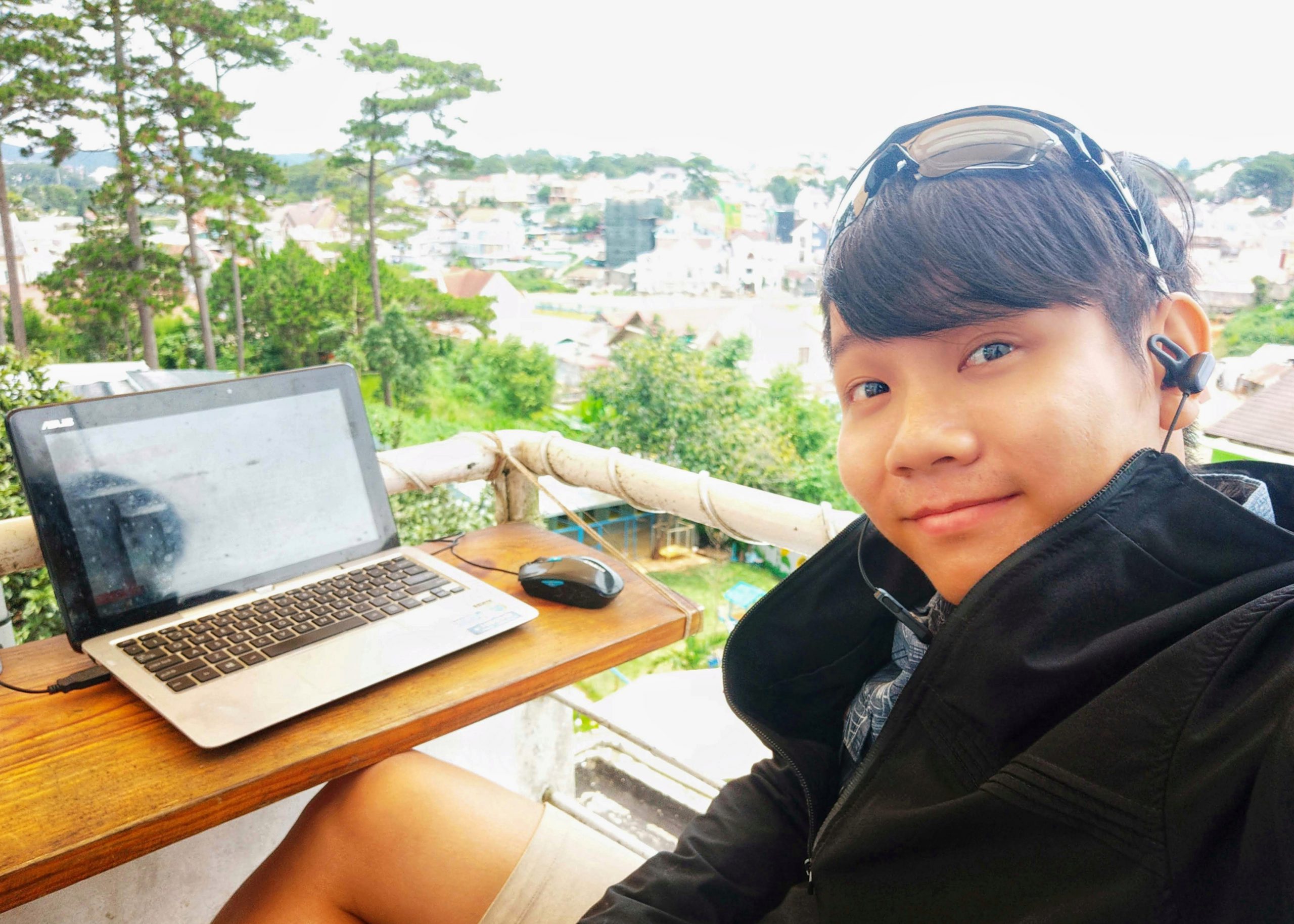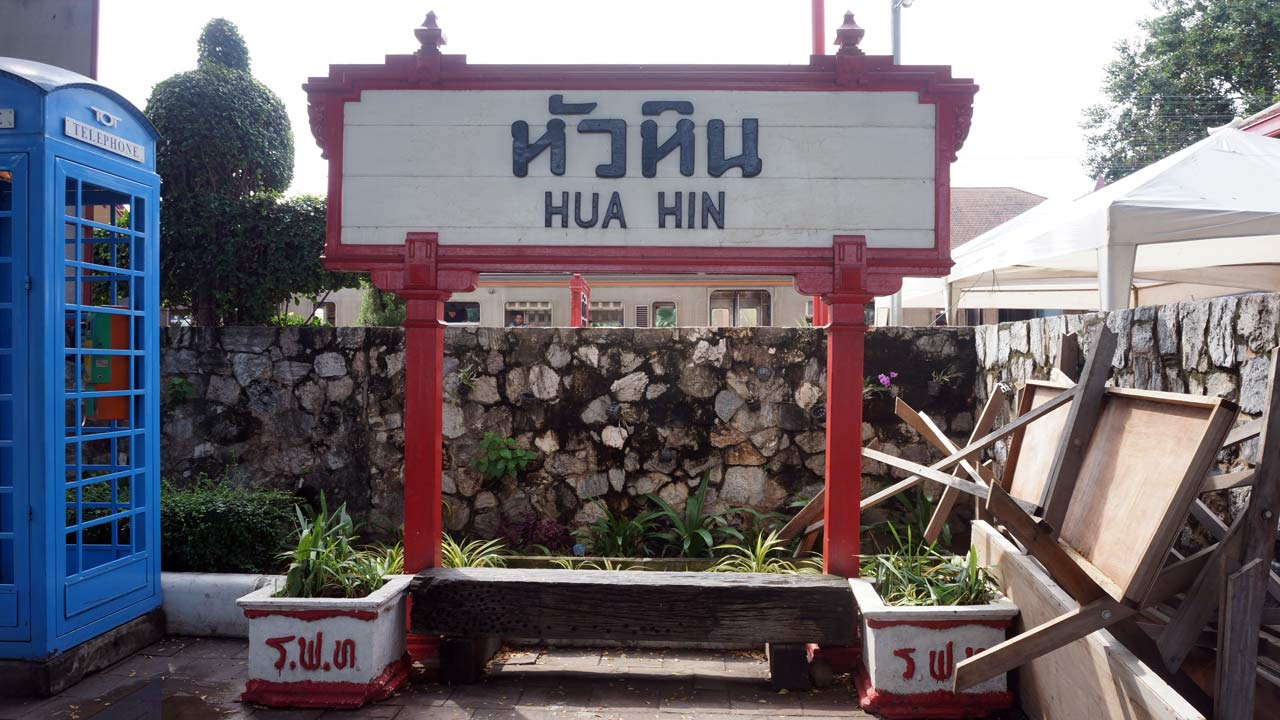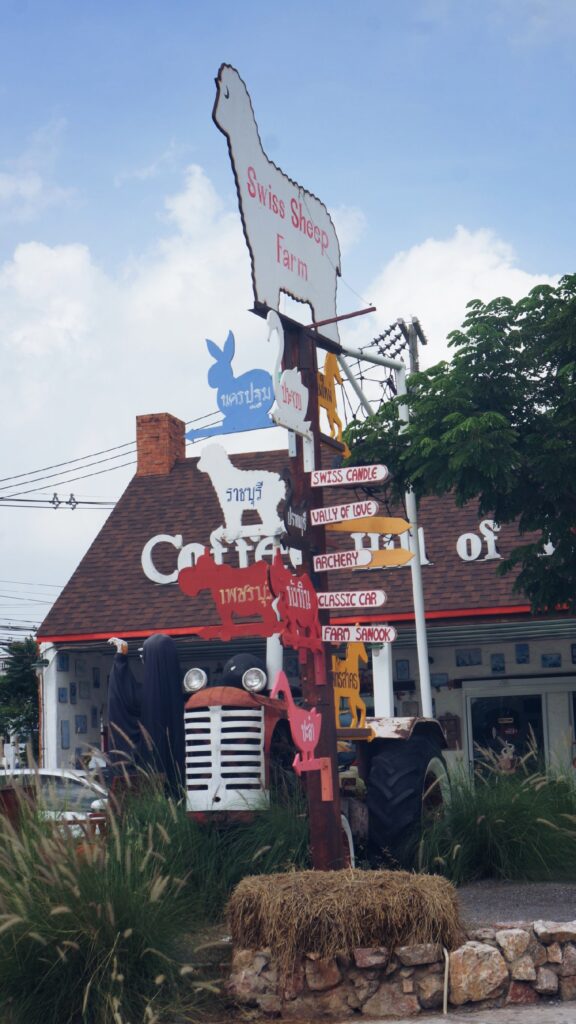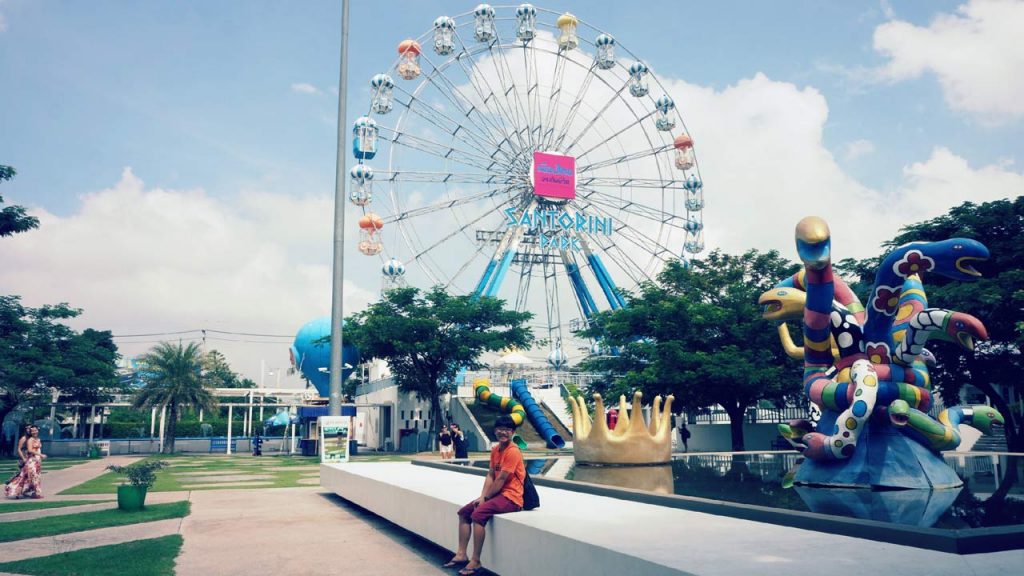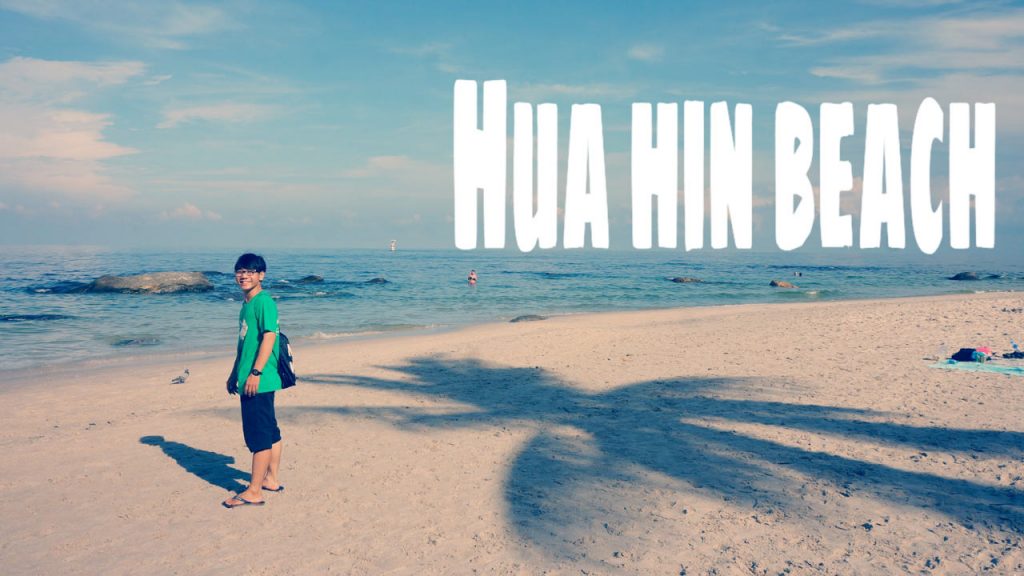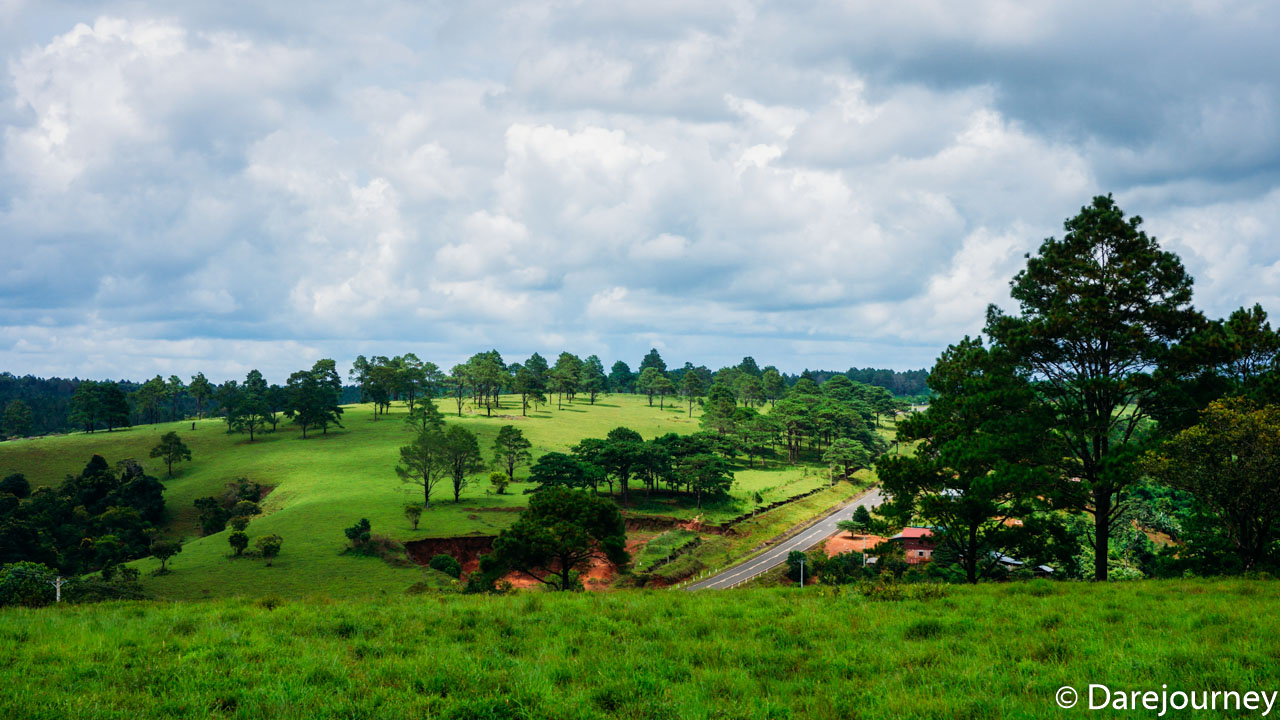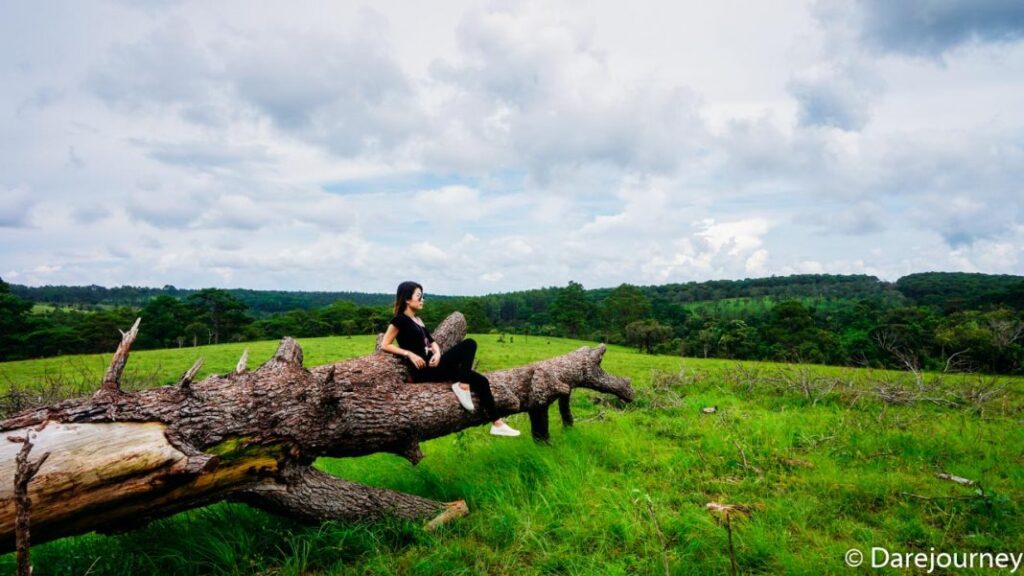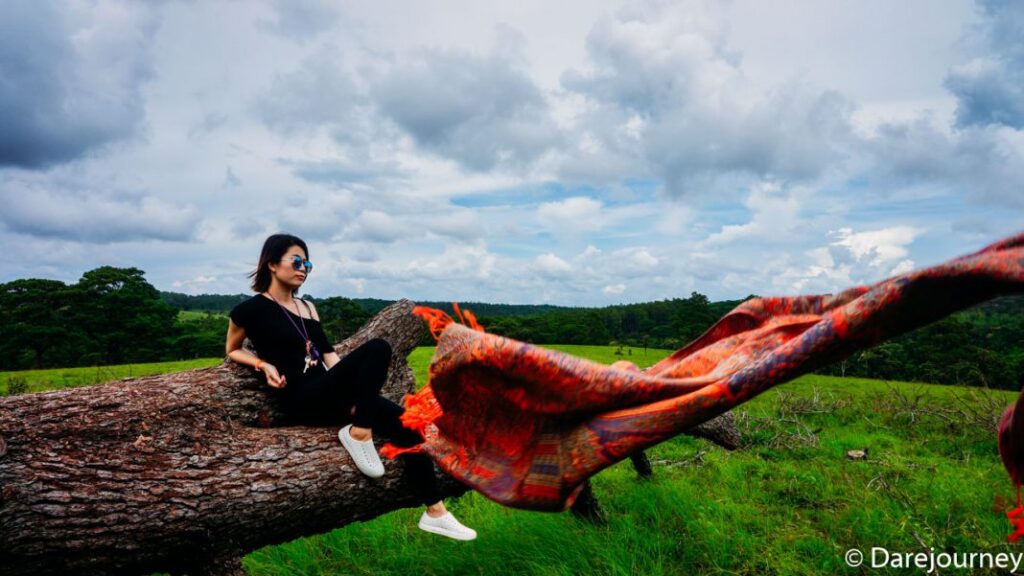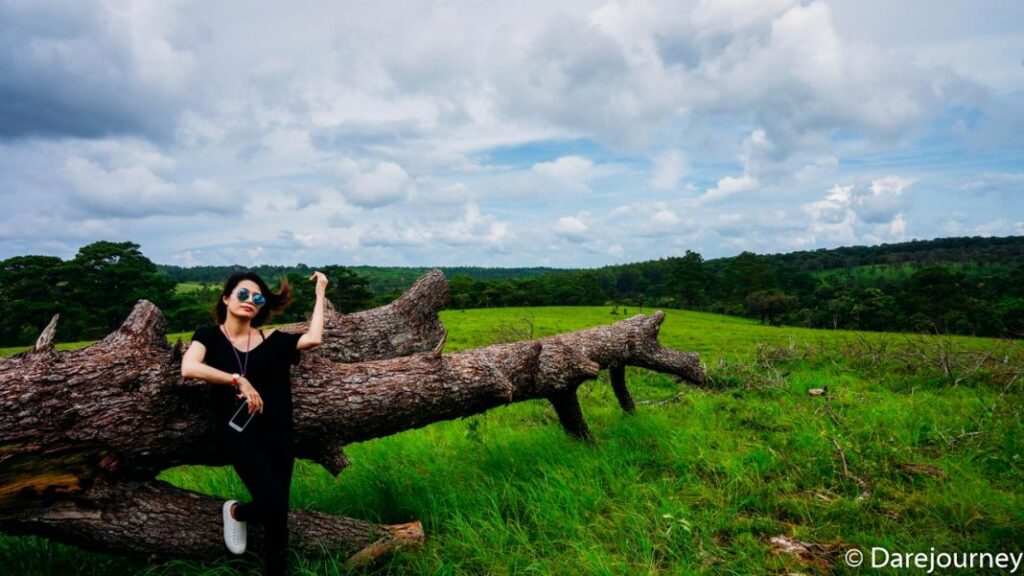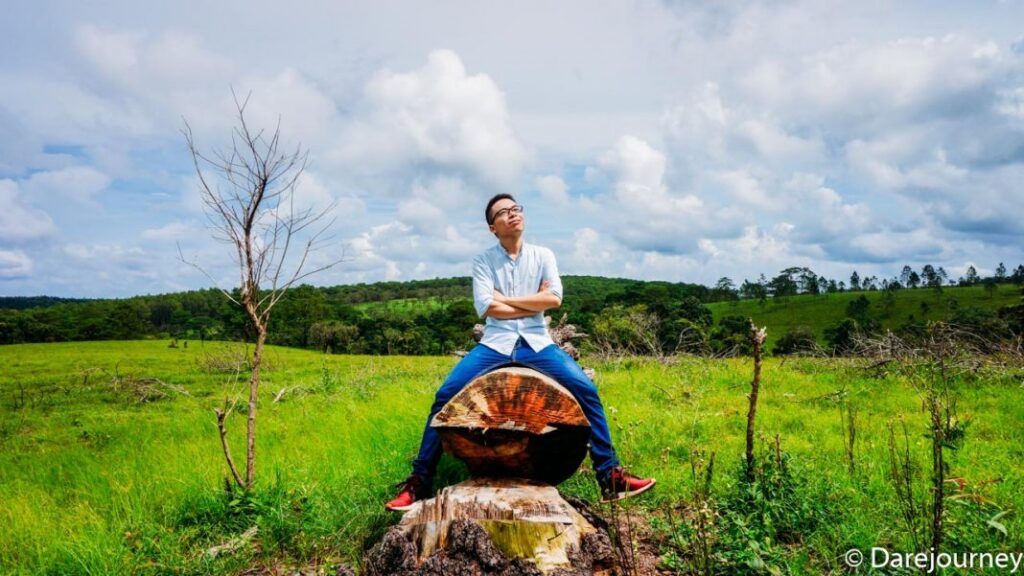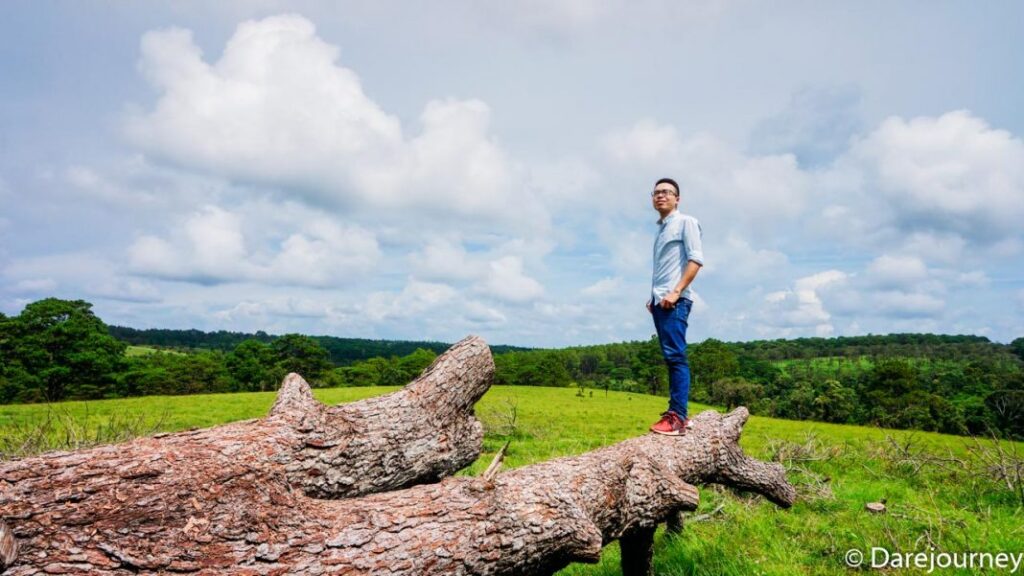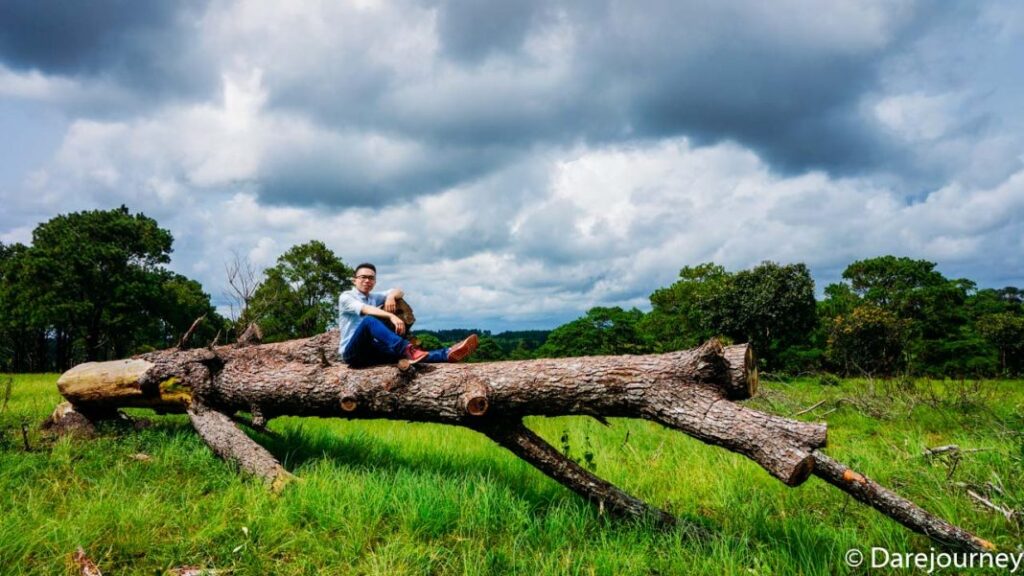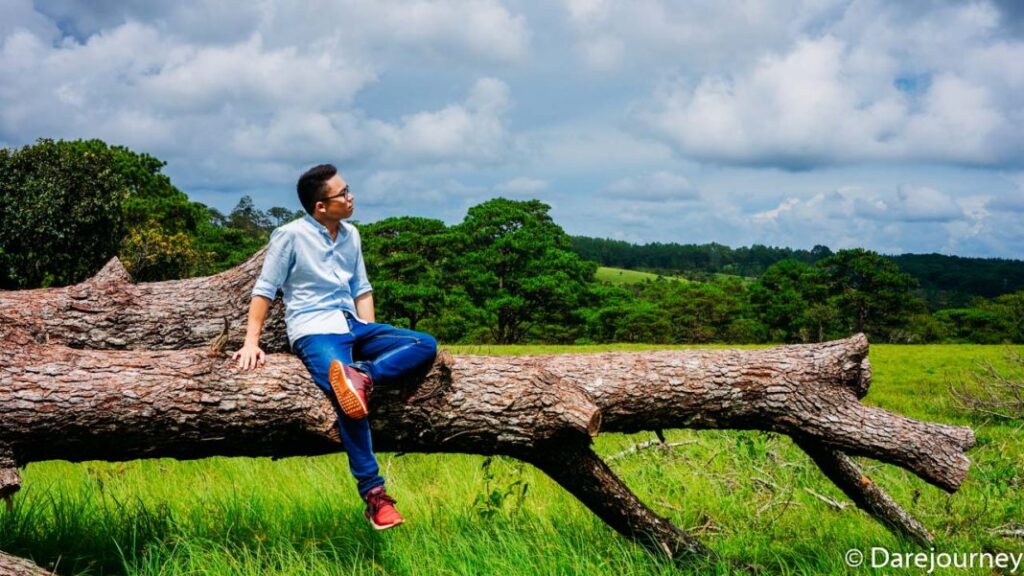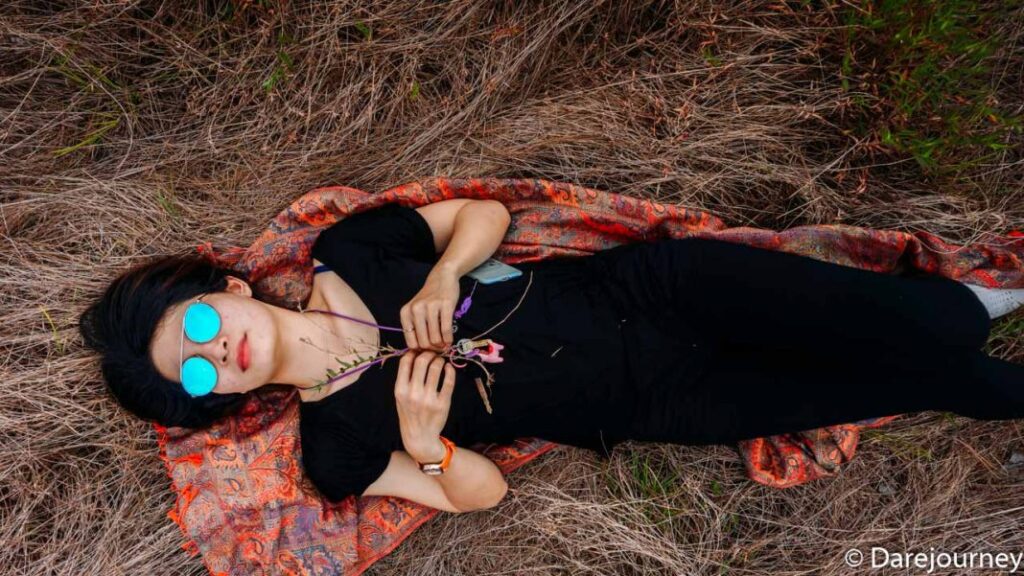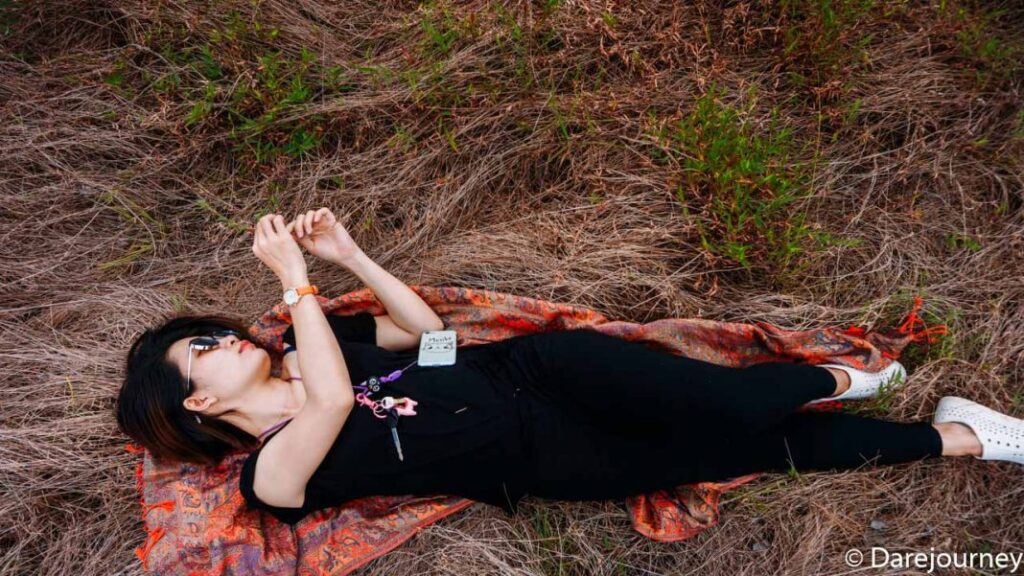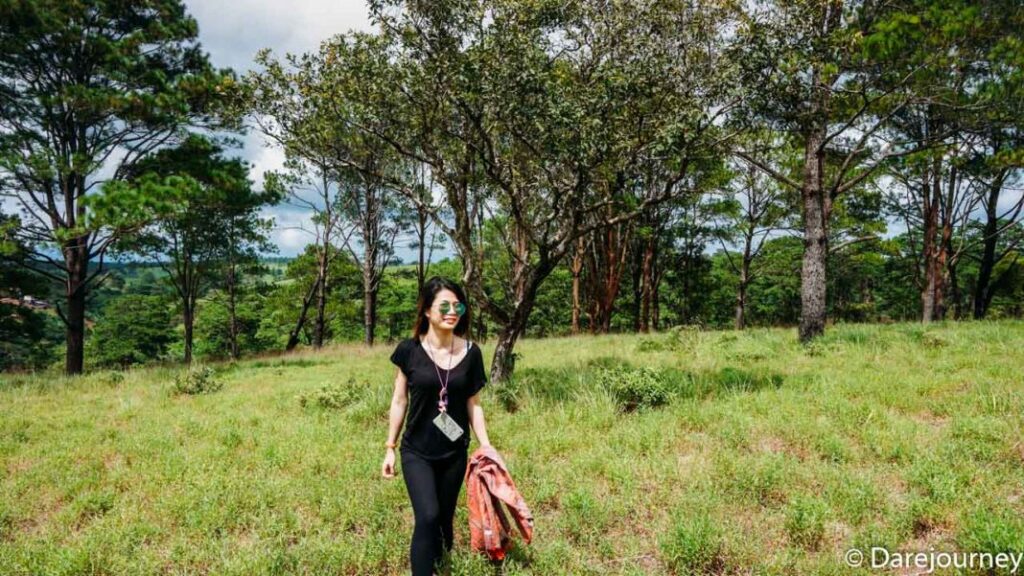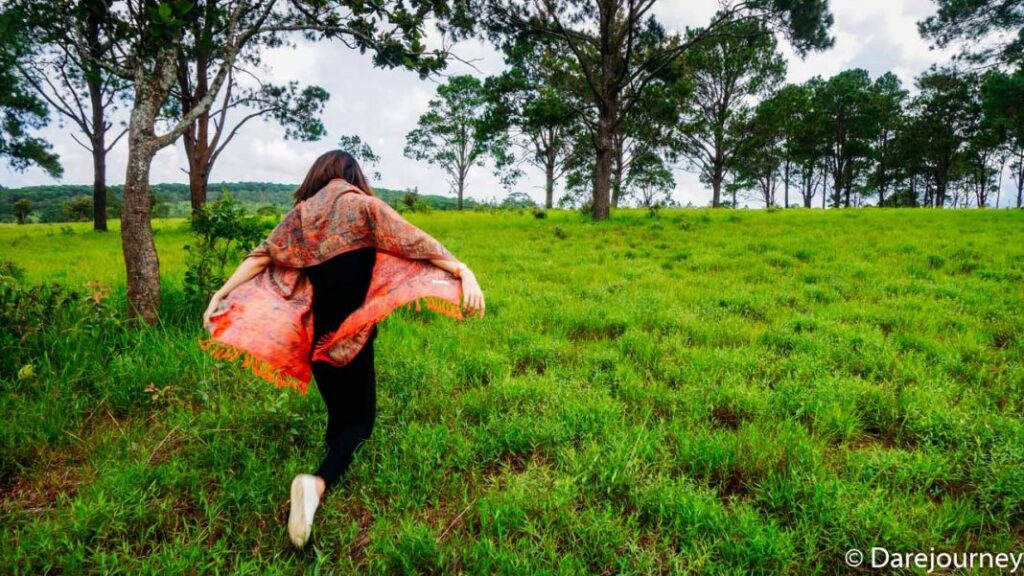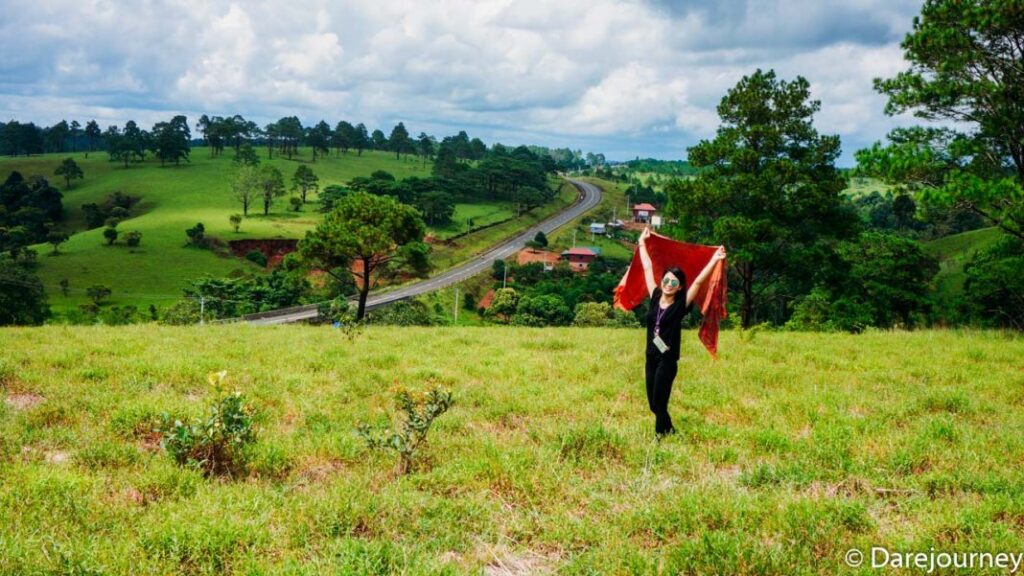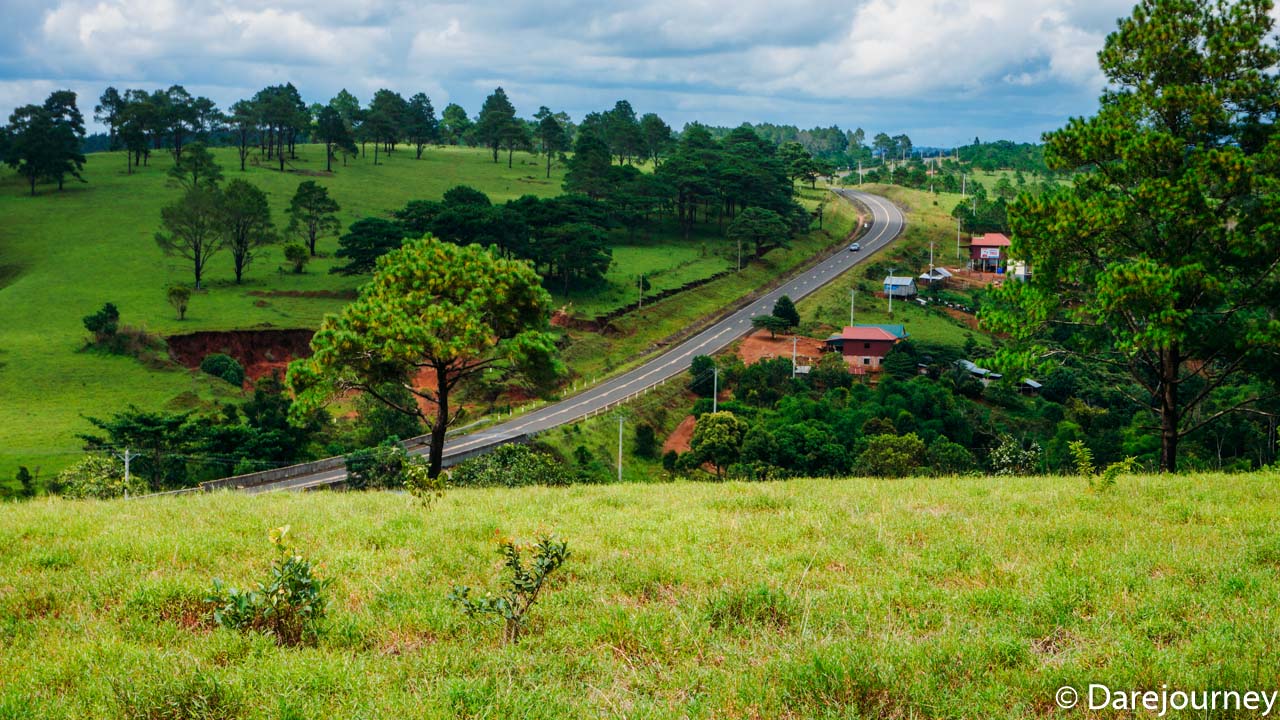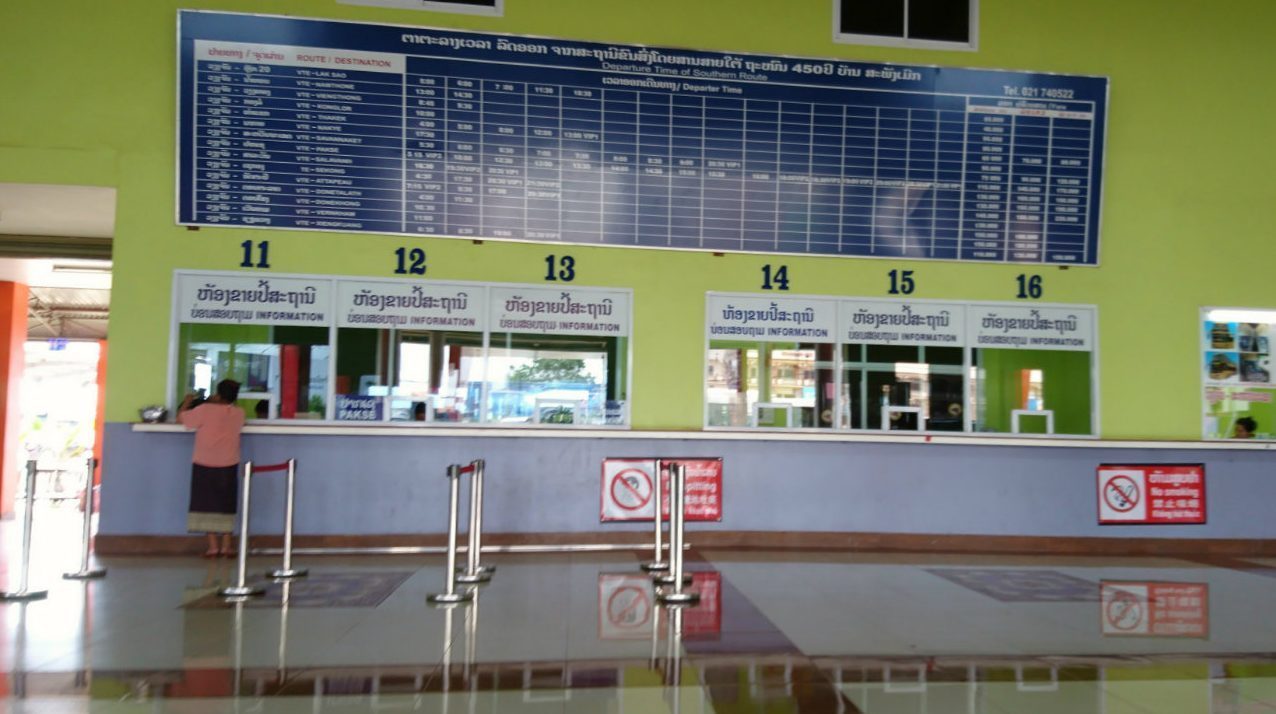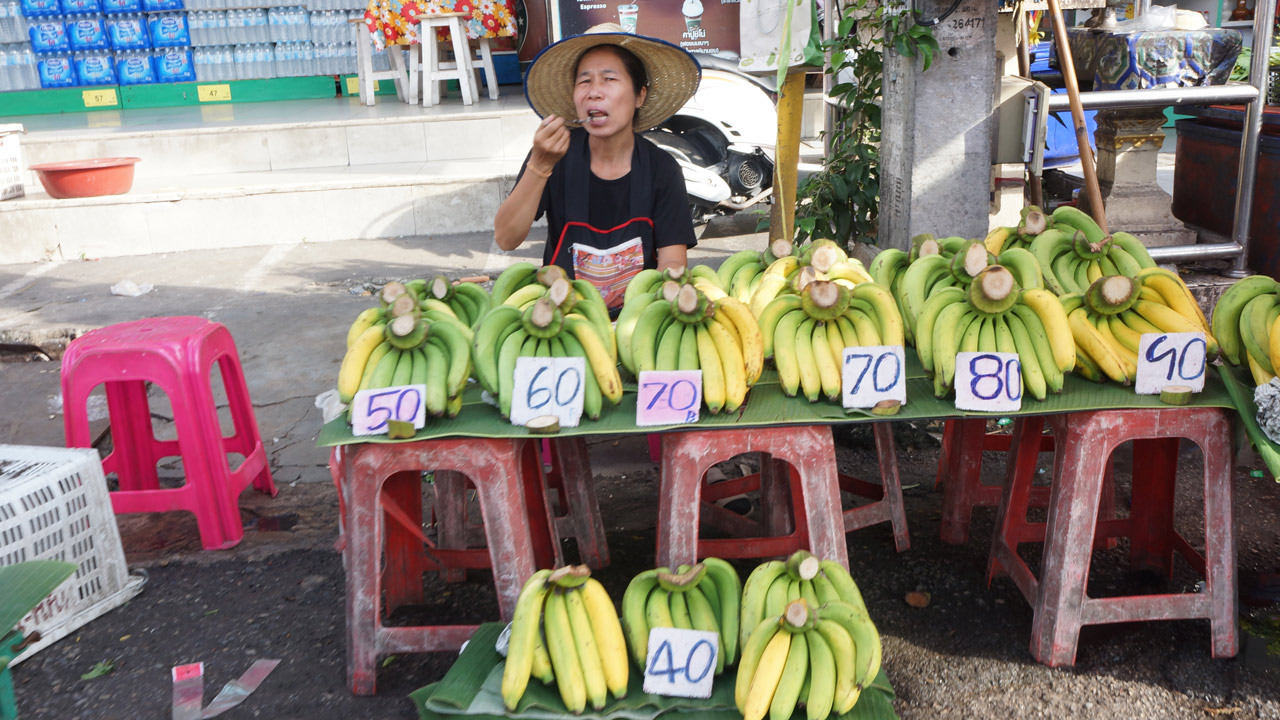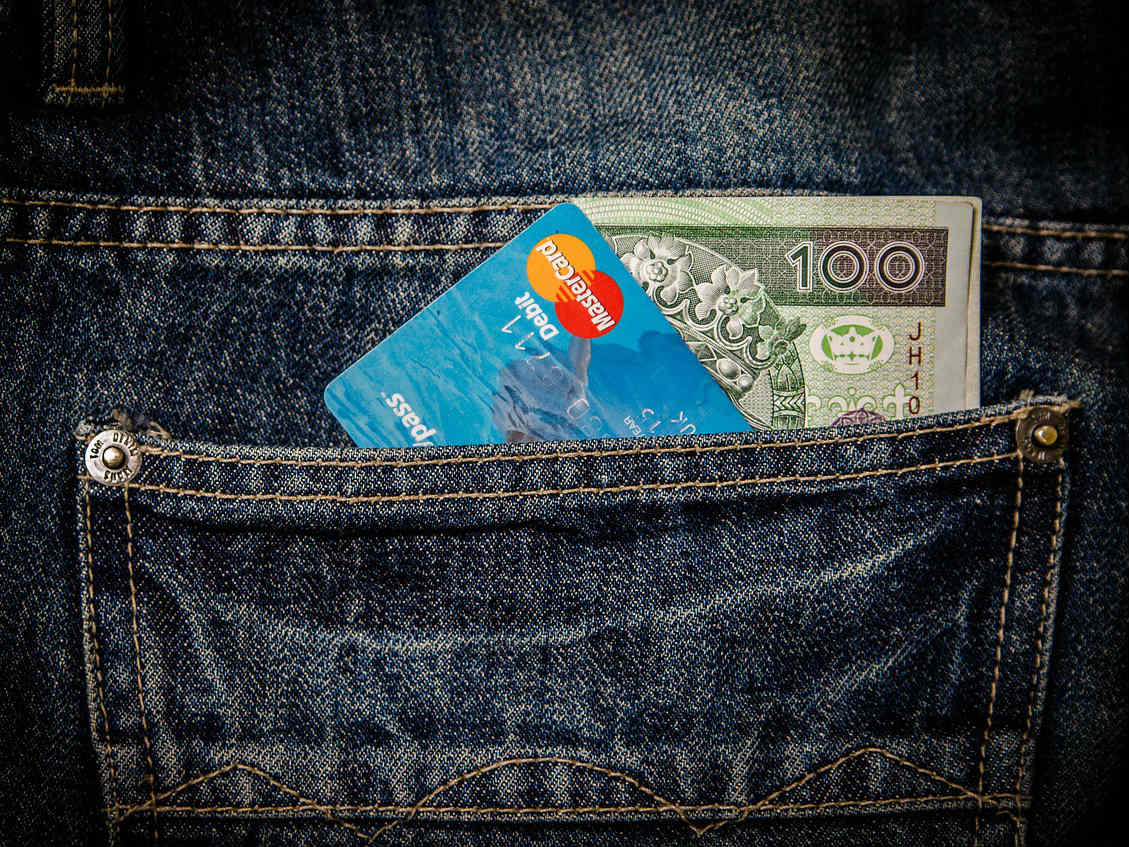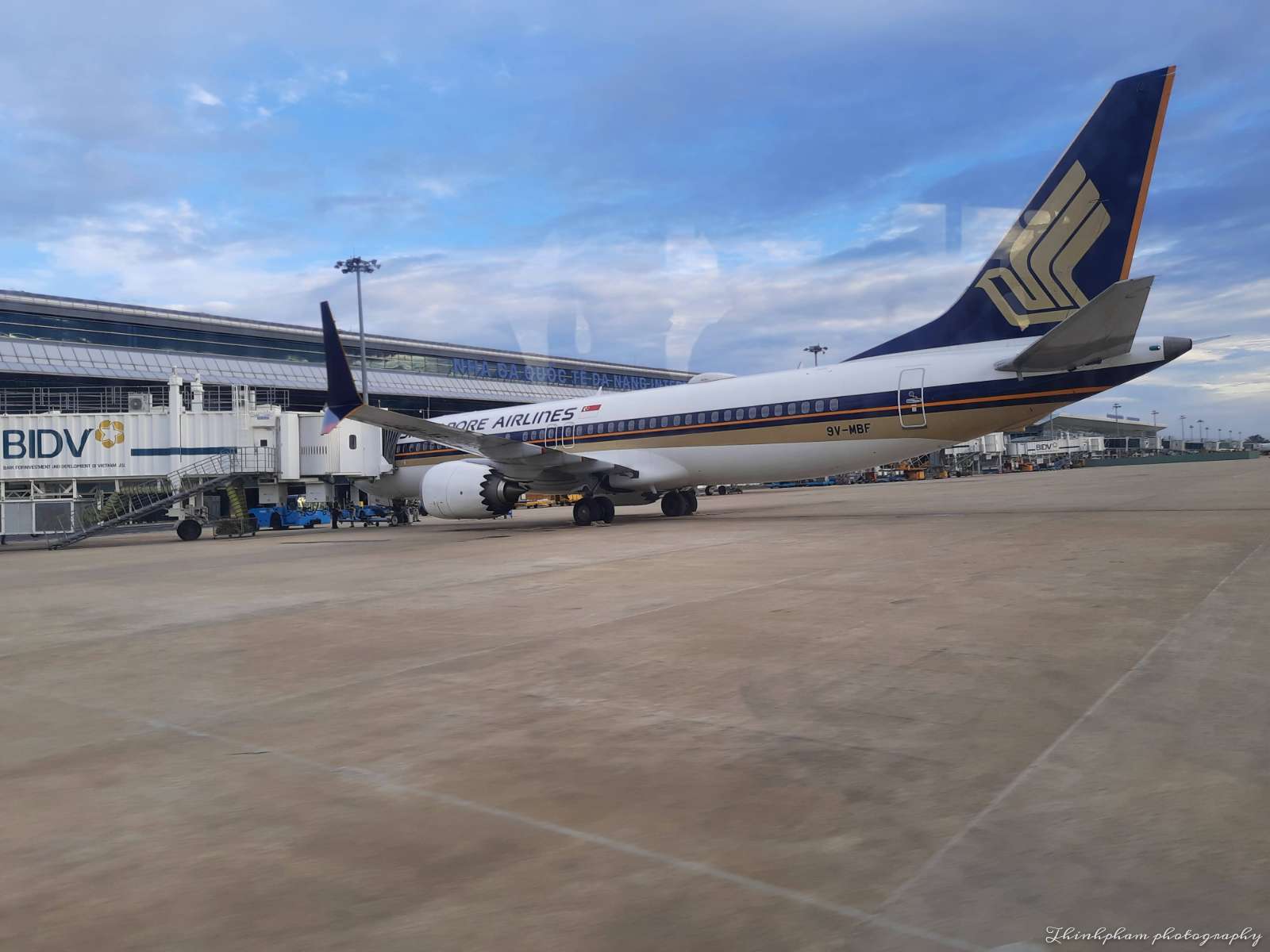So you are wondering about your first ever travel blog: how to start, reach first readers and eventually earn money to travel long-term like digital nomads? This post is for you!
My piece of advice: Don’t pay too much time for travel blog name generators and try to get a domain and server in early weeks. Let’s get deep to the core: Travel blog writing, because it is useful travel blog posts that people visit your website and become loyal readers (Come on, don’t be a travel blogger without a single fan but your mom, it’s solitude!)
Best Tips For Travel Blog Writing
So I finished a very book on writing (Copywriting: Successful writing for design, advertising and marketing by Mark Shaw). Usually I would write a general book review like Brave New World, When Breath Becomes Air or Guns, Germs and Steels, but the author suggests some of the very useful tips to improve the writing on a blog and from my experience they all work well to boost your content in the blog. So what are they?
Set a clear goal
I started this blog 6 years ago to keep my travel journal and notes to celebrate a wild twenty-something time. Then the blog grew into guides useful for my friends and other travelers who have never been to the destinations I have been to. It’s a prime time for the travel blogging industry, when some bloggers claimed to earn six-figures and make travel blogging become a dream job for an amount of travelers, myself included. So I try to learn SEO and write anything I could without a clear goal but … to earn money to travel some days. I was hit hard and burned out without any well-paid results eventually. My persistence was gone after merely one year or two, which was not enough to build a loyal reading community. I learn that lesson well and try to establish a clear goal, try to kick off with 21 posts in my 2021 new year resolutions and keep the wheels rolling frequently. Any newbie blogger should set a clear goal initially to reach for the star eventually.
Write frequently
Don’t leave your “home” too long, as readers may miss you on the first day, they may try to revisit to see you on the second day and they soon switch to other travel blog websites and forget you the days after and after, just because you leave them alone first. Just kidding! But bloggers should treat their blog like plants, watering everyday on social media and feeding with blog posts once or twice a week to nurture the readership.
Be authentic
Let’s keep in mind: Unique, original and relevant content is the best way to engage the readers. So write about your experience, or at least your own research plus opinion. Let the reader see “you” in every sentence, which is also relevant to your travel blog ideas, theme (or “niche”) like adventure, food exploration or independent travel guide or solo female travel,…
Find your tone of voice
This is kinda difficult, but I believe you can finally find it too, like I did. As a newbie in the blogging world, I was hardly able to keep the voice in the blog. I tried so many “voices” which I got inspired by other best travel blogs to follow. It took a long time until I got to the point where I could write freely like I speak but it’s still formal enough to be considered a good travel blog writing. Your tone of voice is a powerful tool. Find it and you find your way to reach the reader’s heart.
Think about your readers
I guess my “relationship” with the readers changes significantly when I start to think about them first, before writing a piece of words. Remember, my very first posts were like my own journal, they were for MYSELF only, something like what I did on day one, day two in Con Dao island, this place and that place. Yeah, but now I see that kind of writing is more suitable for a book in which people would love to dig for leisure and inspiration. On the internet, it sounds strange but people are looking for solutions and answers to their ultimate curiosity (well there are tons of silly but truly human questions that you may run into when doing research, like women asking google whether it is 5 or 6 or even 9 months in pregnancy that they could take a road trip!). So think about your reader first, relentlessly help them get a better life via your recommended solutions and answers, and you will be rewarded at the end of the day.
Listen to your readers (and answer them as quick as possible)
Most of your blog visitors are human (the other, I guess, are bots from search engines, which are good, and unexpected visits from spam tools, which are bad, very bad!). Where there are humans, there is social connection, so the eager readers may leave comments on your blog. Well, it’s a chance to make new friends. It is also rude not to answer somebody trying to start a conversation with you in real life, right? Some comments even get you ideas to improve the blog or help you update the outdated information in blog posts. That is among the reasons we should thank our readers. (Thank you for reading this post, deliberately or accidentally, whatever, it’s fate).
Pictures and Videos for a lively blog
It’s true, despite the fact that search engines love words (as they can conveniently apply a multitude of algorithms to improve the search result – their main ‘merchandise’), we humans love pictures and videos. So don’t hesitate to add more of your photographs. Many years from now, posts will be like journals and albums, they make you feel happy and nostalgic when looking back. Videos are welcome now and vlogs become more and more popular in the audience’s top choices for media. Producing vlogs now is more convenient than ever. Your smartphone can record videos? That is a good start for the vlog you should know.

Let’s turn your blog post into the best of the world
That means when a reader accidentally comes into your blog from anywhere all over the world (maybe from results of search engines or other websites, on the cyber world), let’s give them the best answer they have ever read. I used to think short is good, but now I see a long but full answer is better, save your reader time from the frustration searching around and you have their loyalty someday. Besides, don’t be afraid of proofreading the last time before hitting the “publish” button, as you can save readers’ other frustration about your grammar and typos in the post.
First and foremost or Last but not least?
Both, well I mean you should put your main ideas/ points/ messages of the posts in the first and last paragraph at least, so that even a quick scanner-reader may get it and have more reasons to stay longer and grasp your solutions through the whole post. Try highlighting the sub-topic via headings and your writing surprisingly turns into a marvelously readable post.
